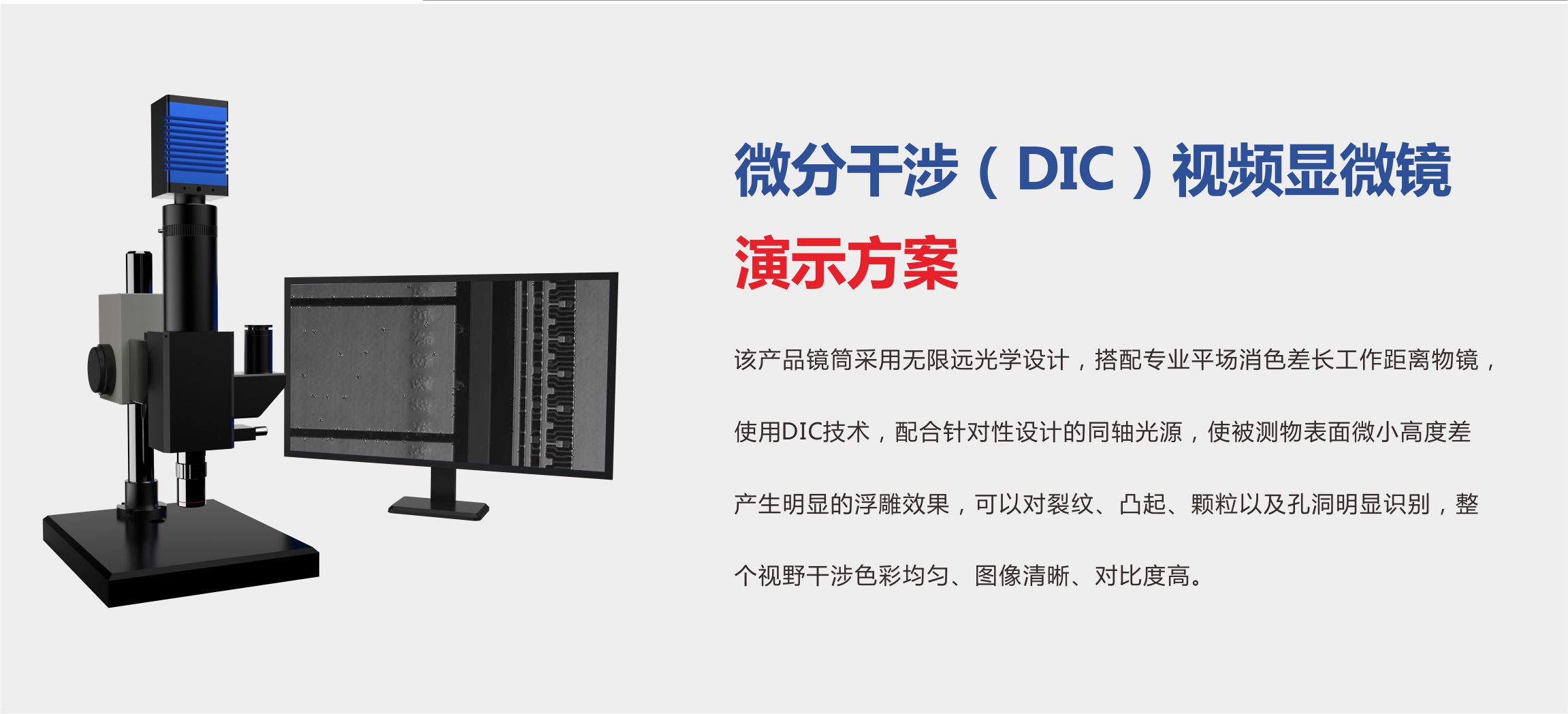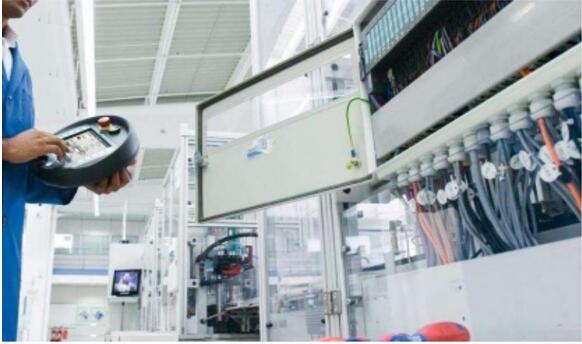
Disadvantages and advantages of DIC differential interference video microscopy
Differential Interference Video Microscopy (DIC), as an advanced microscopy technique, has its unique advantages and certain limitations.
Advantages
1, high resolution: DIC differential interference video microscopy is able to present transparent structures and achieve sub-nanometre resolution through the use of gradient changes in optical range length and phase shift, enabling researchers to observe finer surface structures and morphological changes.
2, high precision: the technology can clearly observe the tiny height differences on the sample surface and display them on the image through the contrast between light and dark, providing high-precision surface topography information.
3、No-contact and non-destructive measurement: DIC differential interference video microscope does not need to contact with the sample, avoiding damage and contamination of the sample, which is very suitable for observation and research on biological and medical samples.
4, Widely used: The technology can be widely used in life sciences, semiconductors, FPDs, circuit packages, material science, castings/metal/ceramic parts, inspection of precision moulds, etc. It is one of the important tools in modern scientific research.
5, easy to operate and upgrade: the use of modular functional design concepts and ergonomic ideal design, making the DIC differential interference video microscope operation is more convenient and comfortable, but also convenient for system upgrades and maintenance.


Drawbacks:
1, high cost: DIC differential interference video microscope has relatively high manufacturing and maintenance costs, which may limit its popularity and application in some fields.
2, high requirements on environmental conditions: in order to obtain high-quality imaging results, DIC differential interference video microscope on the environmental conditions (such as temperature, humidity, vibration, etc.) of the higher requirements, need to be used in a relatively stable experimental environment.
3, high sample preparation requirements: Although compared with other microscopy techniques, DIC differential interference video microscopy sample preparation requirements have been reduced, but still requires certain preparation steps and techniques to ensure that the ideal imaging effect.
4, technical complexity: DIC differential interference video microscopy working principle and technical implementation is relatively complex, requires certain professional knowledge and technical background to fully understand and apply.
Product recommendation
TECHNICAL SOLUTION
MORE+You may also be interested in the following information
FREE CONSULTING SERVICE
Let’s help you to find the right solution for your project!

- APPICATION CASE
- RESOURCE CENTER
- DOWNLOAD CENTER
SOLUTIONS SUPPORT
- ZOOM LENS SELECTION TOOL
- TELECENTRIC LENS SELECTION TOOL
- FA LENS SELECTION TOOL
- ZOOM RATIO TABLE
- CERTIFIED MODEL
SELECTION TOOL
- WHY POMEAS
- FAQ
- PRIVACY POLICY
- TERMS OF USE
- DELIVERY & RETURN POLICY
CUSTOMER CARE
 ADDRESS
ADDRESS
Add.:No.68, Chongwei Road, Baizhoubian, East district, Dongguan, China, 523000
CONTACT
 Tel:+ 86-0769-2266 0867
Tel:+ 86-0769-2266 0867
 Fax:+ 86-0769-2266 0867
Fax:+ 86-0769-2266 0867
 E-mail:marketing@pomeas.com
E-mail:marketing@pomeas.com

Wechat QR code

 ASK POMEAS
ASK POMEAS  PRICE INQUIRY
PRICE INQUIRY  REQUEST DEMO/TEST
REQUEST DEMO/TEST  FREE TRIAL UNIT
FREE TRIAL UNIT  ACCURATE SELECTION
ACCURATE SELECTION 